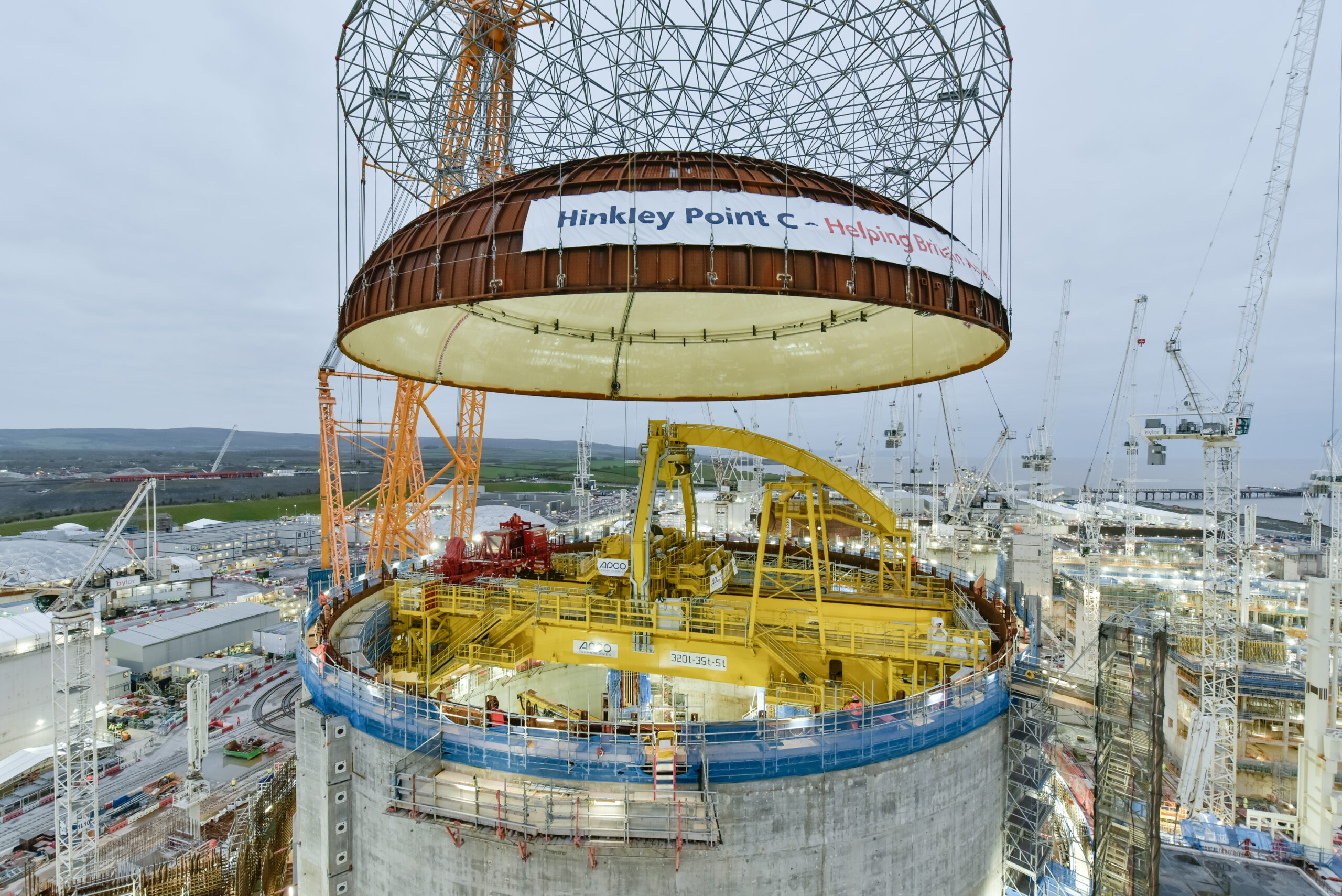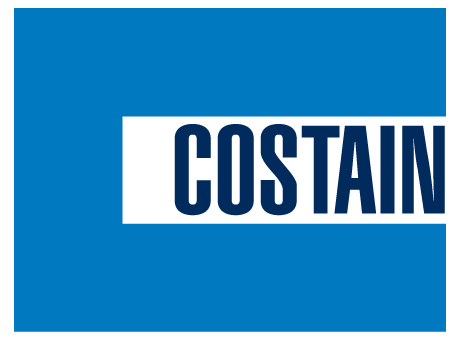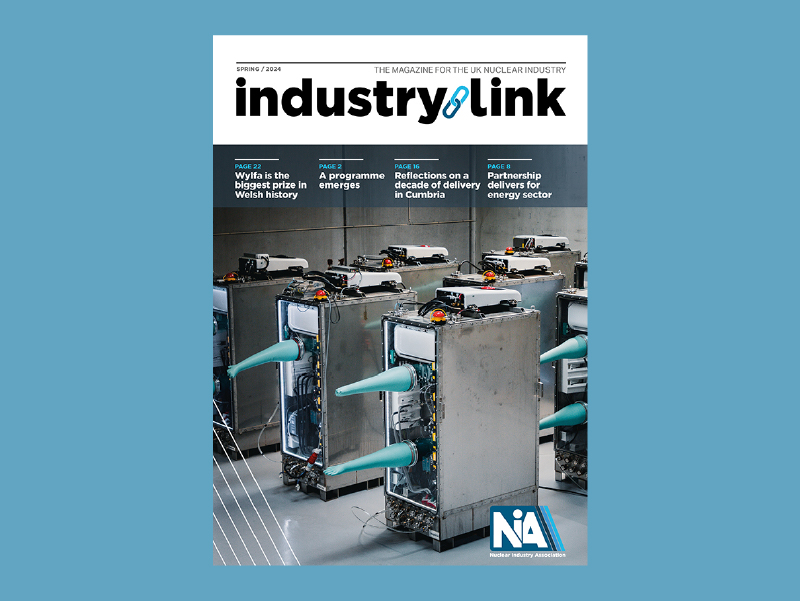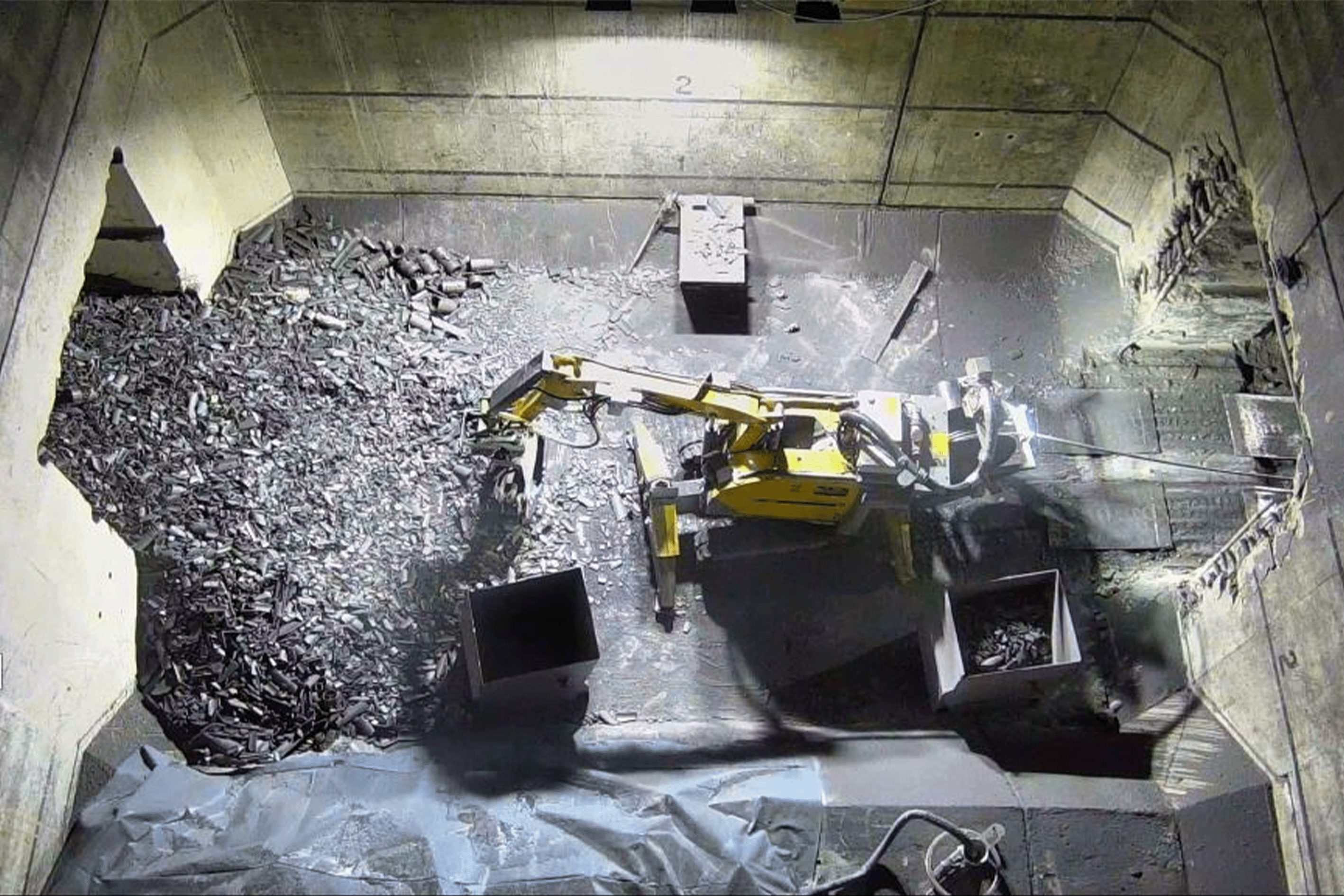A report from Magnox on how Steve Vick International helped with cost saving through their Polyurethane Foam technology
The Immobilisation of Radiological Contamination within Pipework using Polyurethane Foam
A Polyurethane Foam Technology, already in use extensively across the gas utility industry, helping to contain and immobilise contamination whilst undertaking size reduction activities on contaminated pipework.
Developed at Hinkley Point A site, this reverse engineering innovation has been successfully demonstrated on a project to remove 1.2km of contaminated pipework in C2 conditions; allowing not only significant time and cost savings but also increased safety benefits for personnel and the environment.
The team leading the project to remove pipework from within an Active Drains Trench was challenged to engineer a solution ensuring C2 conditions were not exceeded. The baseline strategy was to drill holes and inject shaving foam at cut locations along the length of the pipework, enabling the pipework to be safely removed without the danger of creating airborne contamination.
The project identified a company capable of injecting polyurethane foam up to 45m into a pipe from a single injection point. The technology was developed by Steve Vick International (SVI) as a safe and effective method of sealing off gas mains for abandonment and has become a gas industry standard technique. This same method has now been further developed, in partnership with Magnox, to meet the needs of nuclear decommissioning. As it expands, the foam immobilises loose debris and contamination whilst travelling along the pipe. Once cured, it is then possible to section the pipe for disposal without contamination becoming airborne.
The innovation required an amendment to the Sites authorisation for disposal, which was duly granted by LLWR.
What Happens/How this works/What we do….
As stated above, the baseline technique for contamination control whilst undertaking the size reduction of pipework in C2 conditions is to inject a water based shaving foam into the pipe at the proposed cut location.
Assuming cutting the pipework into 0.8m lengths enabling disposal in 200 litre drums would have required ~1,500 locations for drilling / foaming operations, taking the project approximately 70 days to complete. This wasn’t a satisfactory solution from a dose uptake (ALARP), schedule and cost perspectives. By comparison, the foam injection of 1.2km of Active Drains Pipework required 70 holes to be drilled and took 20 days to complete.
Key Points
- Using the words of the ex HPA Site Director, “this is a game changer for the nuclear decommissioning industry” regarding contamination control during active de-planting operations.
- Decommissioning activities that would traditionally have to be undertaken in complex and expensive ventilated C3 enclosures can be safely undertaken in C2 conditions, following Polyurethane foam injection.
- Summary of savings¹:
Original Baseline
(Shaving Foam)Revised Baseline
(Polyurethane Foam)Saving Schedule 70 days 20 days 50 days Cost £272k £77k + £116k² £79k Dose 2,369 µSv 677 µSv 1,692 µSv ¹ For this aspect of the project
² Steve Vick costs for Polyurethane Foam Injection
GP HPA000010 Immobilisation of Rad Contam within pipework using Polyurethane Foam











